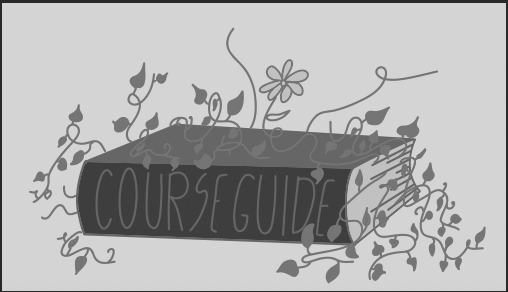It would appear actions taken on college campuses designed to protect students who feel personally harassed or are in immediate emotional danger would be a grand idea.
However, what if I told you that the people who are spewing hatred are the students who physically attack and verbally abuse invited speakers attempting to exercise their right to free speech? And that not only are these militant displays of intolerance exactly what these students claim to be protesting against, but the role college administrators play in shielding their students from hearing a belief that differs from their own is setting them up for failure.
When conservative political scientist, author, and columnist Charles Murray visited Middlebury College last year, students chanted “racist, sexist, anti-gay, Charles Murray go away!” Murray was, in effect, drowning in the same hatred these students insisted Murray professed.
According to The New York Times, as a result of the refusal of more than 400 students present to hear Murray, his interview was conducted via live stream in a separate room. Shortly after, the woman who escorted Murray on campus was brutally attacked by masked protesters, and the car containing them was rocked and beaten.
Isn’t it astonishing that the primary motive for these student outbursts is to prevent any form of “hate speech” or intolerance from being disseminated, yet they are the ones jumping on cars and hospitalizing administrators?
Students who attend colleges such as UC Berkeley or Middlebury should be seeking two things: one, to be granted the ability to share their perspectives in a welcoming environment that values the exchange of viewpoints and encourages enlightened discussions; two, to be engulfed in an environment buzzing with a variety of ideas about our world and the introduction of otherwise unknown perspectives. However, in eagerness to achieve the first reason, the second is often sacrificed.
According to the Foundation for Individual Rights in Education, 54 percent of public universities and 59 percent of private universities have imposed politically correct speech codes on students, and the addition of so-called “safe spaces” has started to become the norm.
The idea initially began as positive one, in which threatened students could seek asylum from any form of hatred or violence and is still the primary argument used by administrators. However, it has been turned from a place for targeted students to seek refuge to a hiding place overflowing with students who don’t exactly feel like listening to a belief that goes against their own.
The line between being protected from hatred and avoiding ideas you don’t agree with is being blurred among the impressionable minds of these college students. It will soon prove to be detrimental to students when, thrown into the real world, they realize that people don’t run to “free speech zones” to share their opinions and there are no “safe spaces” for them to hide in when they don’t want to listen.
The college agenda of hiding students from the variety of beliefs they once fought to protect opposes exactly what was once the greatest aspect of the college experience. It ultimately buries the legitimate concerns of students who are in immediate danger in the whines of kids who don’t feel like listening to an opinion that may be controversial.
The safe spaces movement has transformed our college system from one that supported freedom of speech to one that supports freedom from speech. And we are standing by and letting it happen.




































